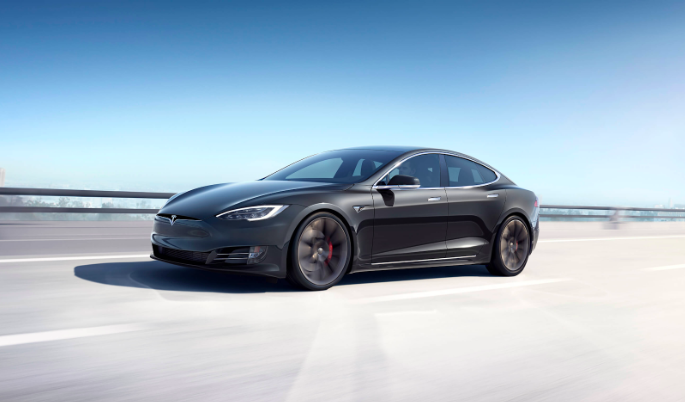Are Teslas Really Eco-Friendly?
More stories from Alexander Jansiewicz
The electric car is one of the most recent phenomenons of the 21st century, making global headlines based on lack of emissions and long-time energy efficiency. Tesla, one of the premium electric car manufacturers, has developed into an extremely influential force within the automotive industry, having helped to propel recent green energy movements on an industrial scale. As a matter of fact, the Model S and X have reached extreme stock validation, indicating the direction of the industry worth about $56 billion. Other automotive manufacturers have thus followed in Tesla’s footsteps, such as GM; GM has tried to beat Tesla by releasing the Chevy Bolt several months before the Model 3. All this electrification sounds good on paper, but it may be harmful in practice. Although Tesla’s moves toward green energy are revolutionary by any standard, the energy that may need to be derived to build and power their cars.
First, their cars are the most important facet to talk about. In order to build a Tesla Model 3 (or any Tesla, especially the Cybertruck), rare earth metals need to be mined from reserves held around the world. It is important to realize that we cannot use these rare earth metals as a constant source for our cars, as each car leads those reserves closer to depletion. Not to mention, cobalt is still being used for Tesla’s car batteries, as well as the batteries for other cars. Adding to this depletion, the mining practices to remove the necessary materials can be extremely degrading to the surrounding environment. Age-old mining practices can cause increased runoff and habitat loss, further destroying the environment around it.
In terms of the energy needed to produce their cars, fossil fuels still remain. Contrary to popular convention, Teslas aren’t always clean. After all, the energy needs to come from somewhere; considering the energy production method of almost all developed or developing nations, fossil fuels such as coal, oil, and natural gas still remain to be the top producers. When you charge your electric car, that energy comes from power plants or energy producers who rely on that same nonrenewable energy. Our nonrenewable energy, too, remains at a position where conservation is necessary. Now, it is important that we either A) stop subsidizing nonrenewable energy or B) devote more energy to geothermal energy and biomass energy productions.
Unless we switch to more sustainable alloys or energy production, I fear that Tesla and other automotive companies may soon instigate environmental problems on a global basis. However, in recent news, Elon Musk, CEO of Tesla, is hoping to take Tesla’s already green stance to an even greener position. He hopes to cut cobalt out of the NMC Tesla batteries in the next generation. And as they continue to produce, they aim to improve energy efficiency and reliability on green energy. So far, props to Tesla and Elon Musk for taking such a stance that is crucial today. Also, huge shoutout to Mrs. Pasnik for teaching me AP Environmental Science! Honestly, that class is so much fun.
